Programmable Power Supplies
Filters
Filters
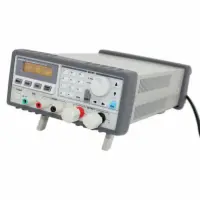
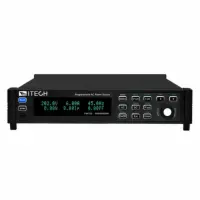
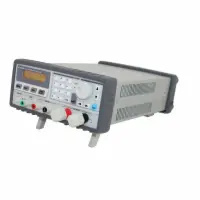
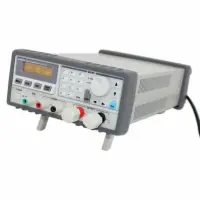
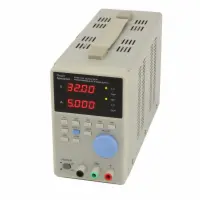
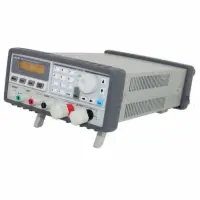
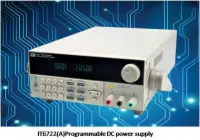

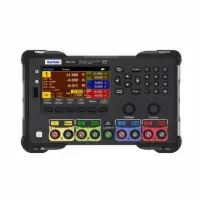
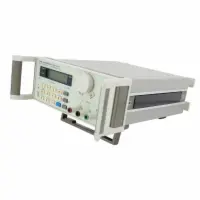
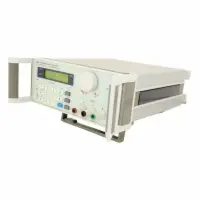
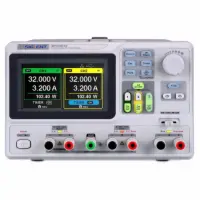
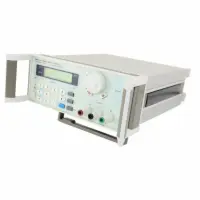
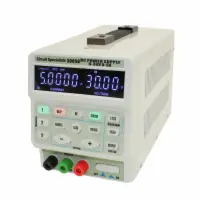
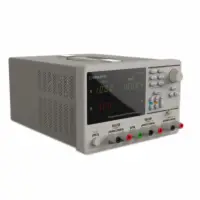
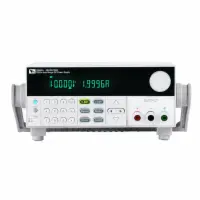
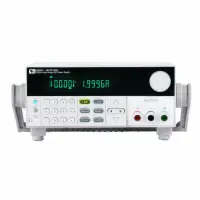
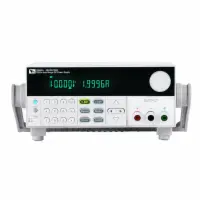
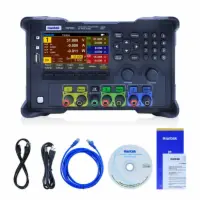
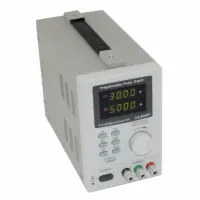
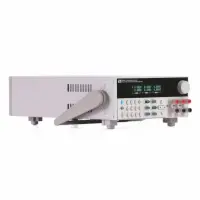
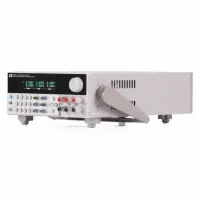
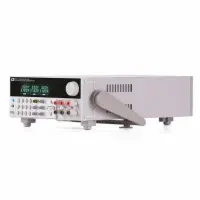
What are Programmable Power Supplies?
Programmable power supplies are power supplies that deliver remote control capabilities to the output voltage(s) via an analog control signal that can be regulated using a keypad or rotary switch often found on the front panel. RS232, GPIB, USB, or other computer interfaces can be used as well.
Common programmable functions for the power supply include voltage output and current. In the case of AC power supplies, frequency can be programmed as well.
Benchtop power supplies, modular power supplies, floor mount power supplies, and rack mount power supplies all have programmable varieties. They typically use SCPI (Standard Commands for Programmable Instruments) as their programming language, but the manufacturer may include usable software specifically for the power supply.
There are a lot of factors to take into consideration when choosing a programmable power supply, especially with regards to your situation and what you’re planning to use it for. Feel free to browse our available programmable power supplies below or scroll further down to read our in-depth overview on choosing the best bench power supply.
Who Uses Programmable Power Supplies?
Programmable power supplies have multiple applications, but they’re most commonly used for automated equipment testing, certification, intelligent debugging, simulation, and calibration. Electrical engineers and technicians use them the most due to their occupation but, realistically speaking, anyone can learn how to use a programmable power supply.
What Makes Up a Programmable Power Supply?
Different programmable power supplies may have different components, but the base elements include a processor, voltage and current programming, voltage and current readback circuitry, and a current shunt. Other common (but optional) features include built-in overvoltage compensation, overcurrent compensation, short-circuit protection, and temperature regulation.
These safety features include comparators that continuously monitor the output voltage or output current and compare the reading against the reference value. Once the reading exceeds the program reference value, they send signals to a silicon-controlled rectifier (SCR) to shut off the source of the load.
Choosing a Programmable Power Supply: An Overview
Below is a list of information covering any questions you may have in selecting the best programmable power supplies:
Number of Outputs
You definitely want more than one output—especially if you’re planning to run multiple applications. You can connect multiple loads to one power supply, but you’d have to do it one at a time. This, as you can probably guess, wastes a lot of time.
However, make sure you purchase a unit with multiple isolated outputs, too. Isolated outputs can be operated separately or in parallel, giving you a lot more flexibility and leeway during simulations.
Output Enable/Disable Feature
This feature—though optional—is also highly recommended. It allows you to switch the output on or off without having to completely shut off the load supply. This means you can easily set up different tests without worrying about how your adjustments will affect the load.
Constant Current vs Constant Voltage
A standard power supply is already capable of delivering constant voltage since it’s already specifically designed to draw current under test with virtually no impact on voltage stability. Therefore, you definitely want to use a programmable power supply largely for applications that require constant current.
However, there are some instances where it would be best to use a programmable power supply in constant voltage mode. The most common would be for functionality—i.e., if you need to deliver a sequence of stepped voltages—and for repeatability—i.e., when you need to recreate or simulate a different voltage source.
To give you a better idea, here are some common constant voltage applications versus the best constant current applications.
Constant Voltage:
- Capacitor forming
- DC-DC converter testing
- Automotive component testing
Constant Current:
- High-precision electrolysis
- Electromagnetic field generation
- Thermal testing on semiconductors
Control Flexibility
The easier it is for you to set up a power supply, the more time you can allot to the actual tests. Therefore, it’s best to get programmable power supplies with intuitive features that allow for quick and easy setup and switching. Get a unit that has separate controls for voltage and current, and try to make sure the voltage control is a multi-turn option.
Alternatively, get one that has a separate fine-tune control for more precision.
Other optional—but useful—features include voltage and current locks, where you can lock the voltage and current settings at specific values to prevent any accidental changes or shifts. This is especially ideal for intelligent debugging.
You can also look into units that allow you to specify the span of the voltage output control. By setting the minimum and maximum allowable values of the project, you have more precise control over your simulation. This also protects your systems and circuits from potential overvoltage or overcurrent charges.
Cooling Technology
Temperature regulation plays an important role in keeping programmable power supplies safe. Overheated systems can negatively impact the internal components of the unit. That’s why we highly recommend getting a unit with a reasonably powerful cooling system built-in.
There are four different techniques to cooling programmable power supplies: (1) conduction cooling, (2) forced air cooling, (3) convection cooling, and (4) water cooling.
- Conduction Cooling – depends on direct contact and uses a cold or cooling plate. The programmable power supply is mounted on a cold plate. The heat (or thermal energy) is then transferred from the unit to the colder platform.
- Forced Air Cooling – this type of cooling system is built directly into the programmable power supply unit. It uses fans to direct airflow onto the overheating components. While this type of cooling is effective, some consumers typically don’t appreciate it because of the noise and vibration it produces.
- Convection Cooling – this type of cooling system is also built directly into the unit. Heat is transferred via a natural air or fluid flow around the unit itself. This makes use of environmental or ambient conditions rather than use additional parts or components.
- Water Cooling – typically suitable for systems that have a power rating of over 10kW, water cooling systems is compact and controllable. It’s similar to convection cooling in the sense that natural flow is used to cool down the programmable power supply. Many appreciate water cooling because it’s more effective than forced-air cooling and convection air cooling. The only drawback is that it’s slightly more costly.
PC Control Functions
PC control options may not be as relevant for bench power supplies, but they’re definitely good to have on-hand for programmable power supplies. Remote control capability enables you to automate repetitive tests which, in turn, greatly improves productivity.
Examples of Programmable Power Supplies
If you’re thinking of choosing a programmable power supply for yourself but don’t know where to start, we can recommend several incredibly efficient and user-friendly models.
This programmable power supply is a DC, wide range model with a built-in standard RS232, USB, and GPIB interface. It supports SCPI protocol and allows for full industrial PLC control—definitely ideal for forming intelligent test platforms. It’s also great for external measuring and accurate testing thanks to the low ripple, low noise, built-in digital voltmeter, and remote compensation terminals. Thanks to its intuitive capability, you can easily apply the ITECH IT6933A to most any DC-DC power supply module.
Notable features include a VFD display, adjustable digital step value via a cursor, remote sense function, and intelligent fan control.
#2 CSI3645A Programmable Power Supply
The CSI3645A has three fully operational modes: constant current, constant voltage, and constant power. This makes it an extremely versatile choice that works well in most scenarios. It comes equipped with a backlit LCD display and a rotary code switch for quick programming. You can view the voltage, current, and power on the LCD screen itself or on a computer screen using the unit’s optional RS232 interface module. It also has decent memory storage, capable of storing up to 10 individual settings for immediate recall.
Other notable features of this unit include its adjustable and constant voltage and current outputs, its power shut-down memory function, and user-defined maximum current settings. Overall, a reliable power supply unit that’s suitable for scientific research, lab works, and exact simulations.
#3 Array 3662A 35 Volt DC 14.5 Amp
A high-performance PSU (power supply unit) with 0-35 volts DC (single output) and 0-14.5 amps, the Array 3662A is a durable programmable power supply suitable for demanding, high-intensity applications. Controls come in the form of a front panel keypad and rotary knobs, but control via the serial port of a PC is also possible. Programmed to accept SCPI commands, this unit boasts a multifunctional menu and continuously adjustable output voltage and current. It comes with a built-in voltmeter, ammeter, and wattmeter for comprehensive monitoring and tracking.
Suffice to say, the Array 3662A is an excellent model. Its high resolution, reliable input/output protections guarantee, and dual-line LCD display—coupled with its impressive hardware and inner systems—makes it suitable for manufacturing, testing, and electrical engineering.

